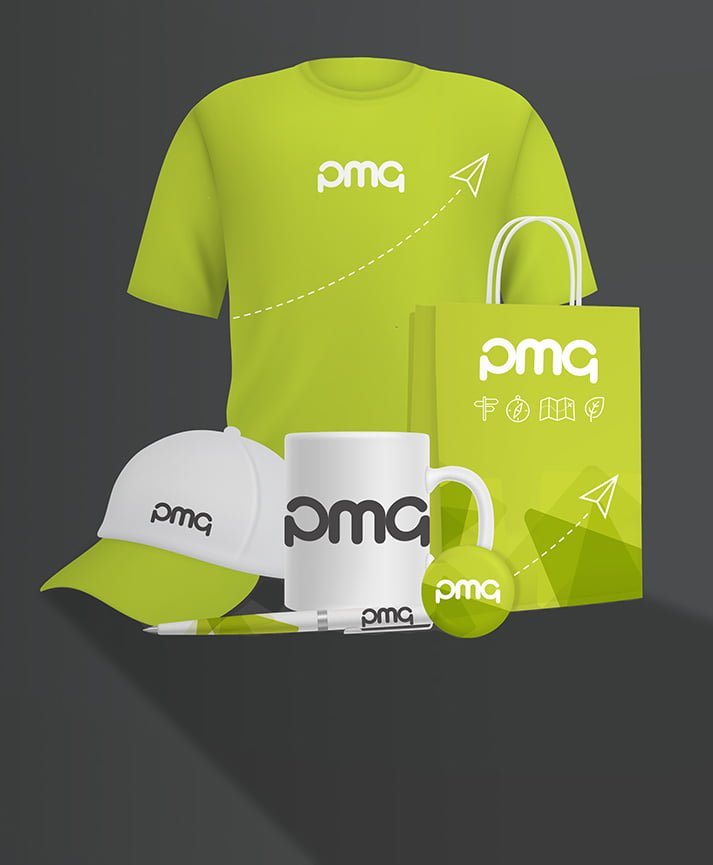
Good typography can help to create truly compelling designs, whether it becomes part of a logo, a website or the main focus of your print campaign. Unbeknownst to many, typography is of the utmost importance when it comes to design, as it is often what the audience will look to for answers. The typography in any design should always be clear yet appealing, exciting yet legible. The form and function of typography in print design is a complex concept, which is why we’ve created this helpful beginner’s guide to typography. Hopefully, we can fill in any gaps in your knowledge…
What is typography?
Typography is often considered an art form, and is the technique of arranging fonts or type in order to make the text on the page visually appealing, clear and effective. Arranging the type to create an effective print design involves choosing between an almost endless range of typefaces, determining the font size, line spacing, adjusting the spaces between groups of letters and the space between each letter too. Whilst anyone can experiment with typography, it takes a real expert with a great deal of knowledge to get it right every time.
What are some of the most common typefaces?
If you’re used to using Microsoft Word or other word processing software then you probably come across some of the most common typefaces every day, perhaps you even have a favourite. Although the names might seem peculiar at first, they each have a very distinct meaning:
-
Serif depicts the details on the ends of some of the strokes that make up letters and symbols, so you will find that the text of serif fonts always has a finishing stroke at the end of each character.
-
Sans-serif fonts are fonts without the aforementioned serifs.
-
Monospaced fonts are those that appear as though written using a typewriter, the space following each letter identical regardless of the size of the character.
-
Display fonts are designed to be attention grabbing and are often used in print design. They are the large, funky or unique fonts we always love to find a reason to use.
What are some typographic terms?
Knowing the various typefaces is one thing, but there are many other terms that every typographer should know to help them craft their letters and create effective print design. Here are just a few terms that you might well have heard in the past:
-
Kerning refers to the process of adjusting the space between individual characters in a letter. When different fonts and sizes might disturb the spacing, you can simply move the letters closer together.
-
Tracking is the amount of space between groups of letters. If you find that a group of words in a line looks too dense, you can move them further apart to make it more coherent.
-
Line spacing refers to the space between each line of text. Sometimes large gaps are left between each line to make more of an impact, or to allow room for comments.
-
Alignment is the setting of the text on the page. It can be set to the left, right or centre, depending on what else you have on the page and where you would like it to be placed.
If you’re interested in finding out more about typography or would rather leave the design aspect of your print to a group of print management professionals, then why not give the team at PMG a call? We love getting stuck into new projects and are always brimming with ideas.
















































